
We kindly inform you that, as long as the subject affiliation of our 300.000+ articles is in progress, you might get unsufficient or no results on your third level or second level search. In this case, please broaden your search criteria.

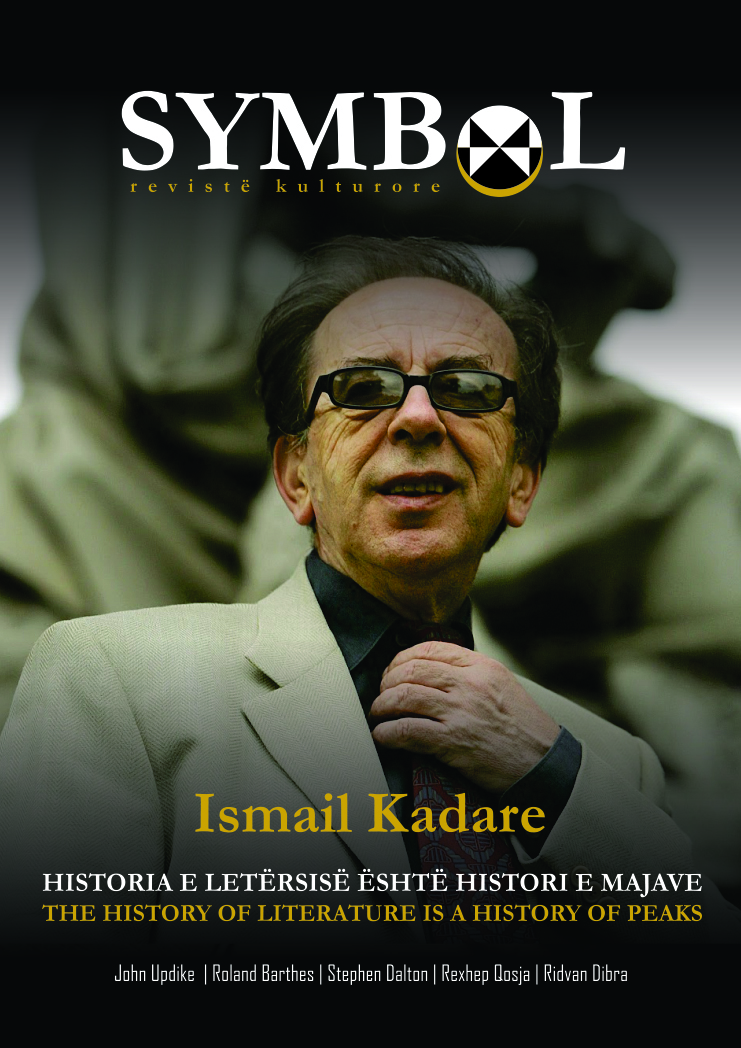
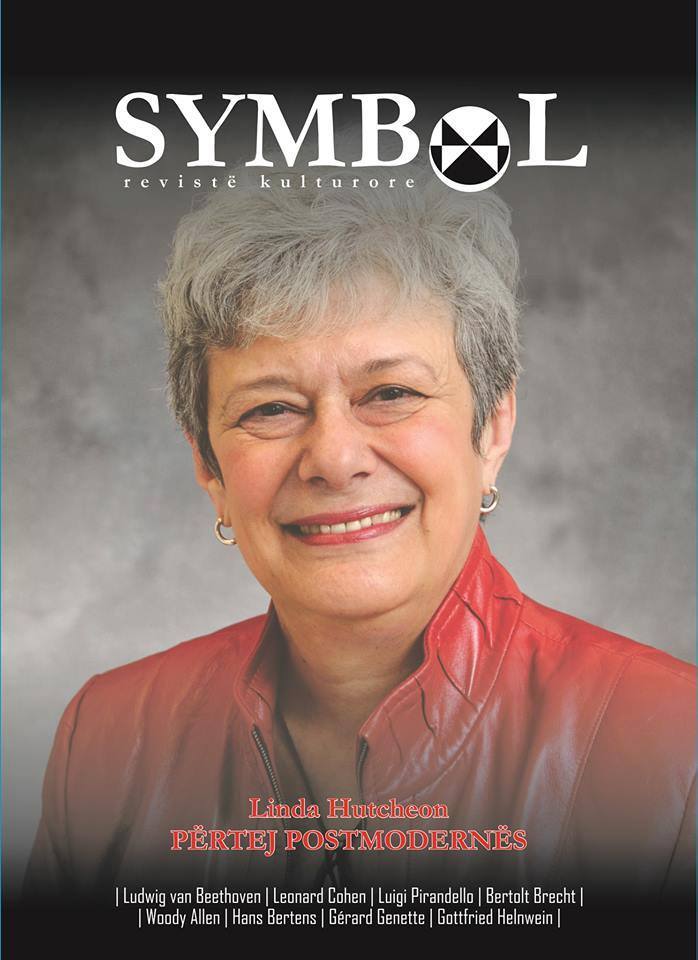
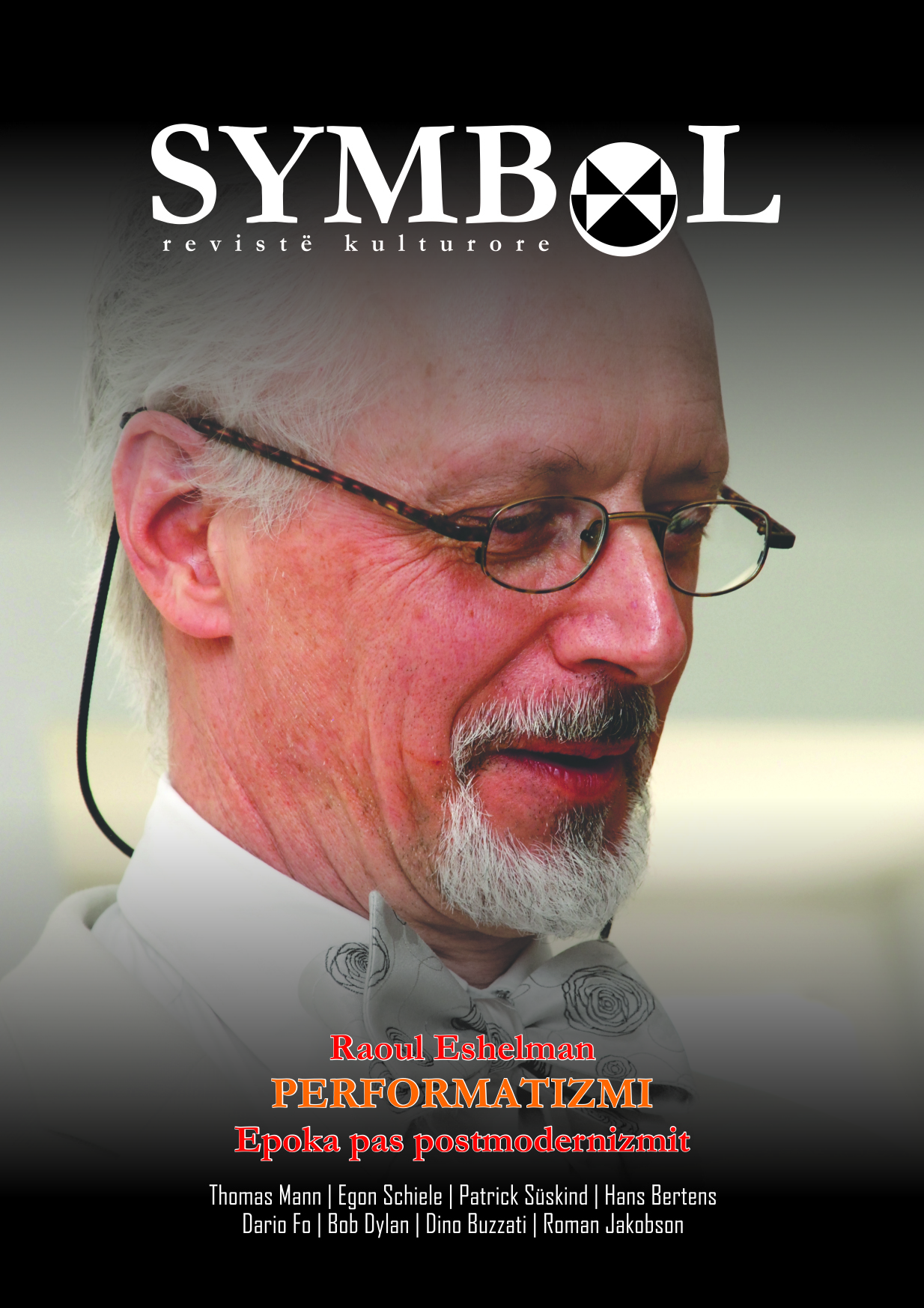
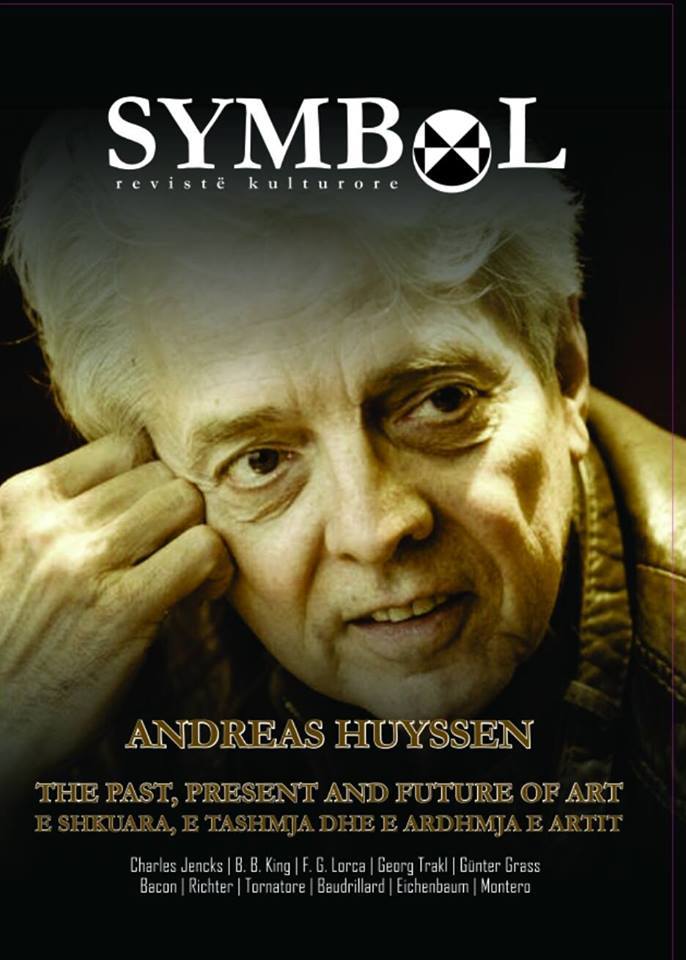
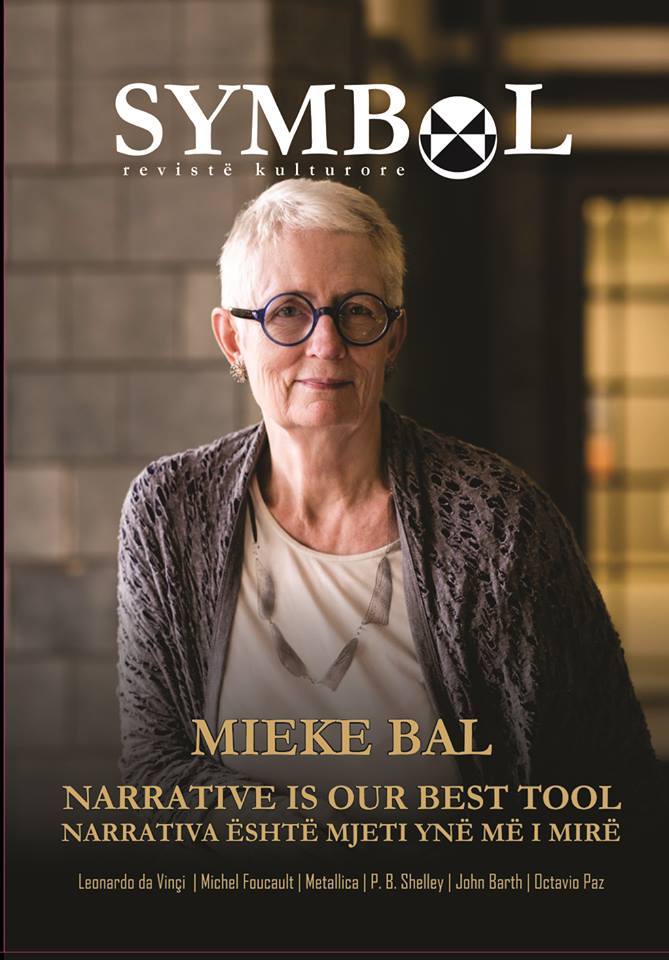
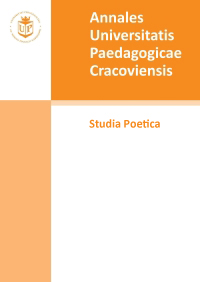
The introductory text discusses the contents of the yearbook and points to the directions of analysis and interpretation undertaken in the sketches and studies contained therein. The articles combine meanings of great imaginational metaphors of THEATRE and COSMOS as certain universes. Developing the idea of Hans Blumenberg, one can say that the realism of metaphors (including theatrical and cosmological studies) is the realism of rhetoricality – times, artistic trends, creators. (Re)definitions of the terms: rhetoric, rhetoricality – constitute the second thematic circle touched upon in texts, alongside categories such as performativity or transmediality. These phenomena do not function outside the genres of literary, scientific and para-scientific statements, therefore the third area of investigation in the articles concerns genological reflection (especially in relation to: academic mystery novel, theater novel, lyric cycle, anthology, “private” genology of Stanisław Barańczak).
More...
Each social group – including the scientific community – creates a series of internal tensions that determine the relations within that group. They can be explained by social theories, but some phenomena transcend the boundaries of sociology. Theories of the universe provide an interesting perspective in the interpretation of systems within the group. Looking at cosmological models and theories, the article attempts to conceptualize the cosmological metaphor in theoretical and literary reflection. On the basis of Guth’s, Bondi’s or Gödel’s models, the dynamics of development in literary studies is being considered.
More...


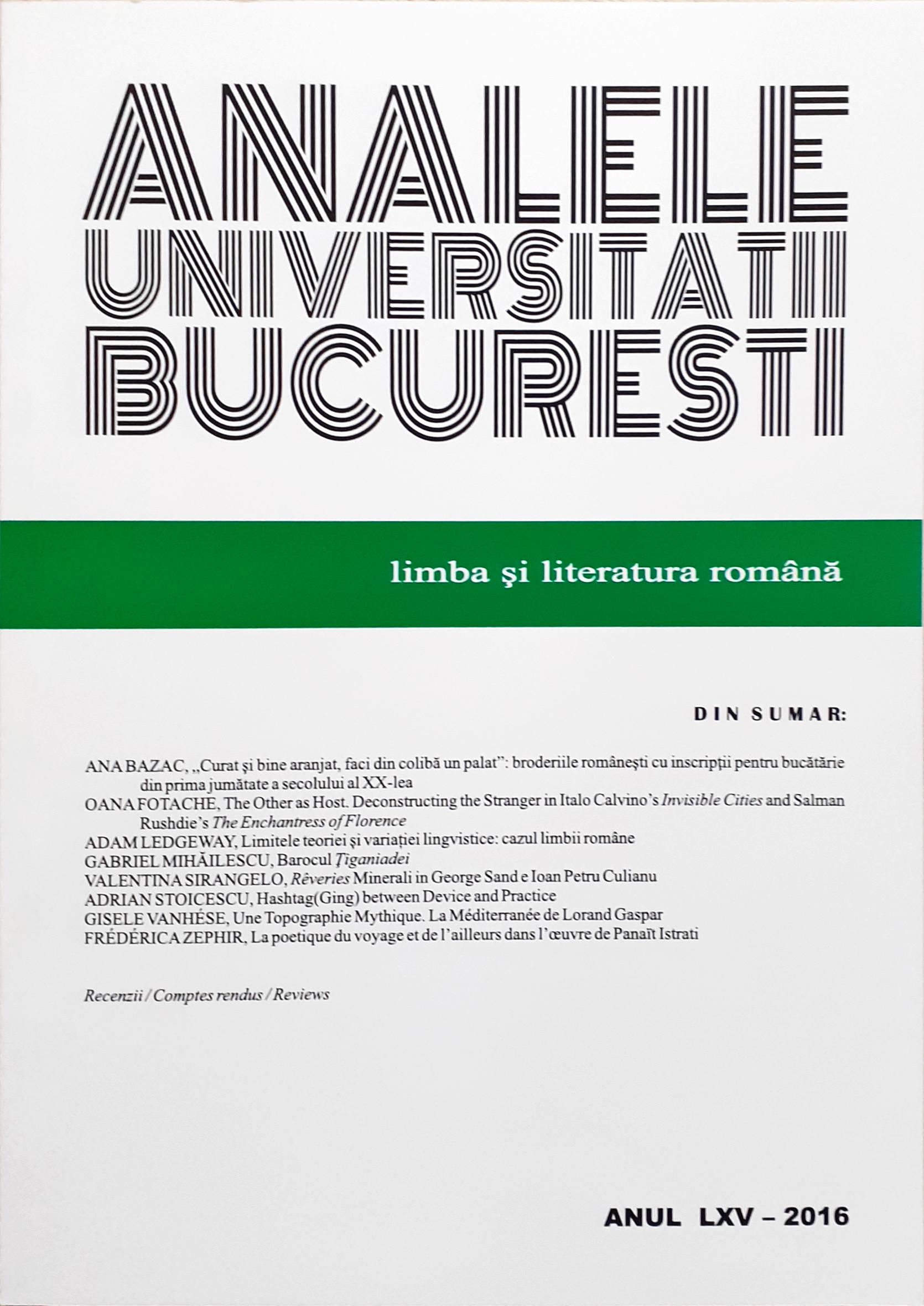
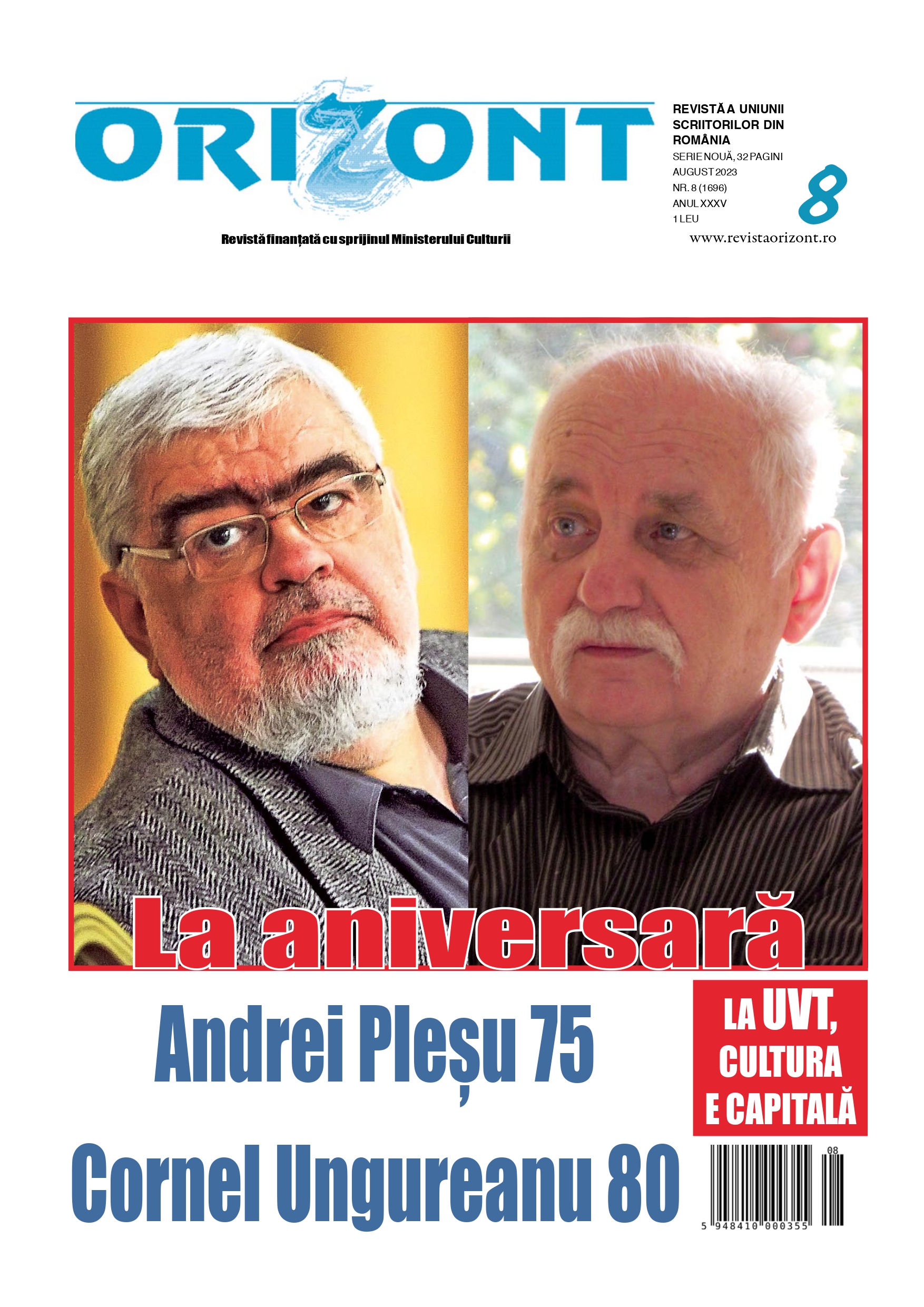
La umbra cărților în floare este, probabil, cel mai frumos și mai expresiv titlu pus vreodată pe coper- ta unui volum de cronici literare… Dar titlul care anunță și conține tema centrală a cercetării și reflecției lui Cornel Ungureanu va veni mai târziu: Imediata noastră apropiere.
More...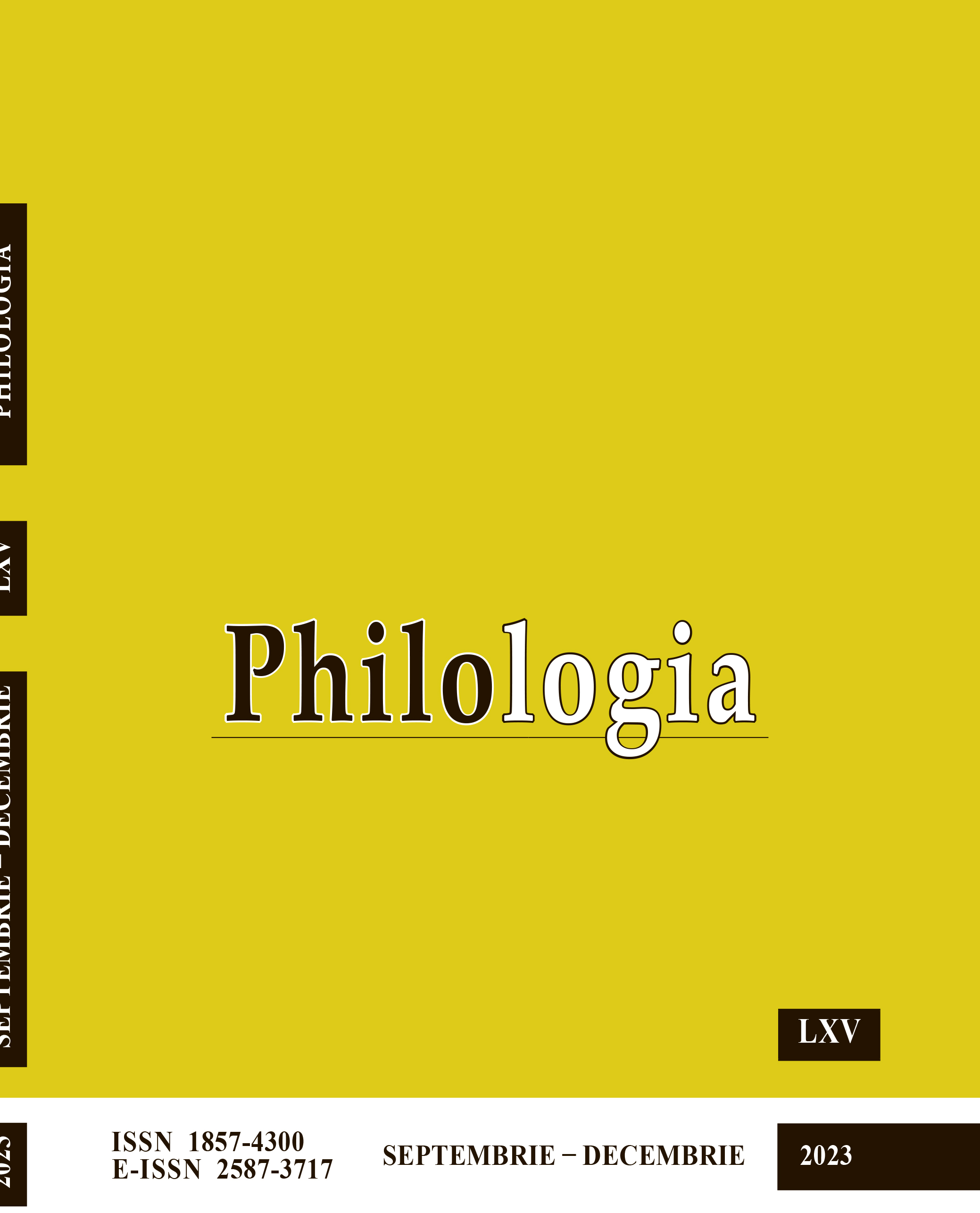
The article aims to delineate the most important meanings and referents of the concept of literary life, from a sociological, functional-historical and systematic perspective, in the context of the evolution of the idea of literature from the anhistorical formalism of New Criticism to the pragmatics of sociosemiotics, whose contributions have been used to support the thesis that the system of literature and literary life function as a dynamic succession of mediations.
More...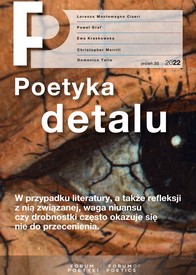
The article is an expression of appreciation for a way of reading that notices the smallest elements in a text, and the richness of the world it portrays. By comparing the reader who follows the main line of action in a story, and therefore goes with its rapid flow, to the reader who instead frequently pauses to look at those details that have been hidden in the folds of a work, the author acknowledges the latter as the one who fully grasps and enjoys the literary sense: someone who sees the work of literature as a faithful representation of life.
More...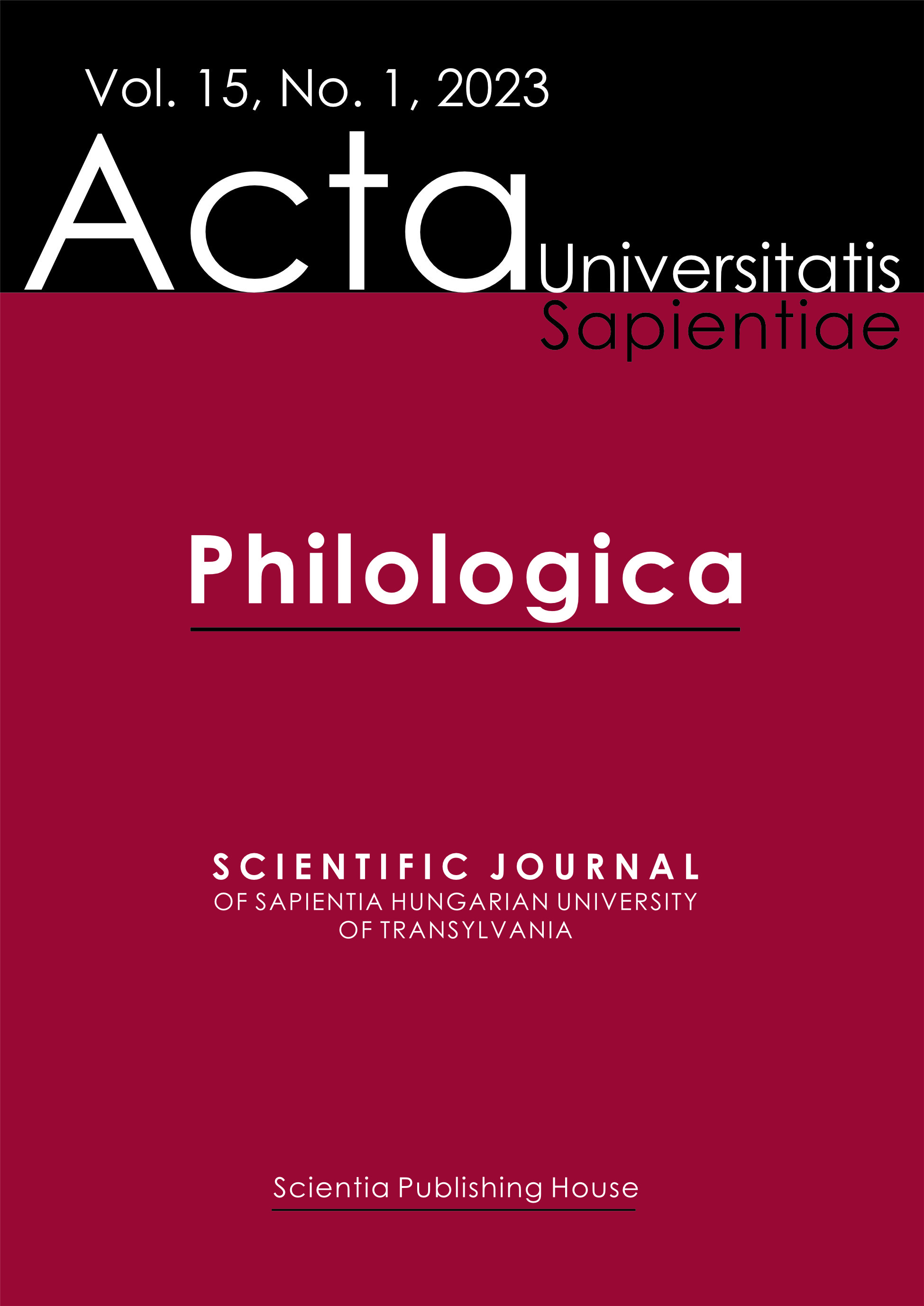
The classical detective story is based on a teleological certainty offered by the narrative. In these stories, the detective successfully solves the crime, and the lawful order is restored in an assuring manner, so the closure of the narrative structure does not allow for an open ending in ontological terms. However, weird fiction and its most recent form, new weird, have a different approach to the teleological givens prescribed by the classical detective story (whodunit). The weird investigation is paradigmatically open-ended, and the detective most often fails to solve the case. The argument develops a distinction between two basic semiotic structures that characterize crime fiction. While all crime fiction is set in an environment that is based on simulation, the classical detective can revert the simulated semiotic structure into signs based on representation, thus the interpretation of the signs results in solving the crime. The weird and new weird stories, on the other hand, defy this representational logic, which is demonstrated by Howard Phillips Lovecraft’s weird fiction and Neil Gaiman’s new weird short story entitled “A Study in Emerald.”
More...
The growing digitalization of our world is not only changing the way we process information but also raises new questions regarding the manner in which we read and comprehend digital texts. The way the digital text structures information is different from how traditional printed texts do it. Therefore, the receiver needs new strategies of text acquisition. It is not the well-known generalities related to the subject that my proposed study intends to regurgitate. Rather, it aims to focus on and attempts to explore some so far mostly ignored or only tangentially (if at all) mentioned aspects of the matter such as: 1) the literary (e.g. fictional) versus non-fiction nature of the digital text; 2) how digital reading culture affects analogue (print) reading culture; 3) a comparative generational view, i.e. similar or diverging features of the above factors, depending on whether the receiver of the text is a Generation X or a Generation Z reader, the former raised on printed books being the product of the “Gutenberg Galaxy,” while the latter is shaped both by the Gutenberg but primarily by the “Neumann Galaxy.”
More...
The Coronavirus/COVID-19 pandemic has presented new ways of perceiving reality which automatically reflected on how we understand, read and think about certain works of art and works of fiction. Such an example is the novel Rabies (1985) by Borislav Pekić which, in this paper, is interpreted through Bauman’s concept of “liquid fear” (2018). In this way, we are trying to show that fiction has somewhat involuntarily “predicted” the COVID-19 world pandemic. This does not mean that Rabies should be read as a prophecy of what started in 2019 but rather as a proof that fiction sometimes has its roots in reality (it is inspired by true events). Fiction, more often than not, presents a reflection of past experiences that can be recognized even in today’s contemporary world. Thus, the paper examines the main hypothesis that the “liquid fear” present in the novel “Rabies” can be seen as equivalent of the “liquid fear” with which we deal on a daily basis ever since the beginning of the COVID-19 world pandemic. We used the general methods of analysis and synthesis, in order to present those aspects of the novel that are important for the understanding of the fictitious epidemic in the novel, and the comparative method, which juxtaposes fiction and reality. Through the conclusion of the paper, we should understand how the descriptions of the epidemic in the novel affect our perception and understanding of the current world pandemic and how the described events in the novel serve as a valid reflection of certain aspects of our approach towards the COVID-19 pandemic.
More...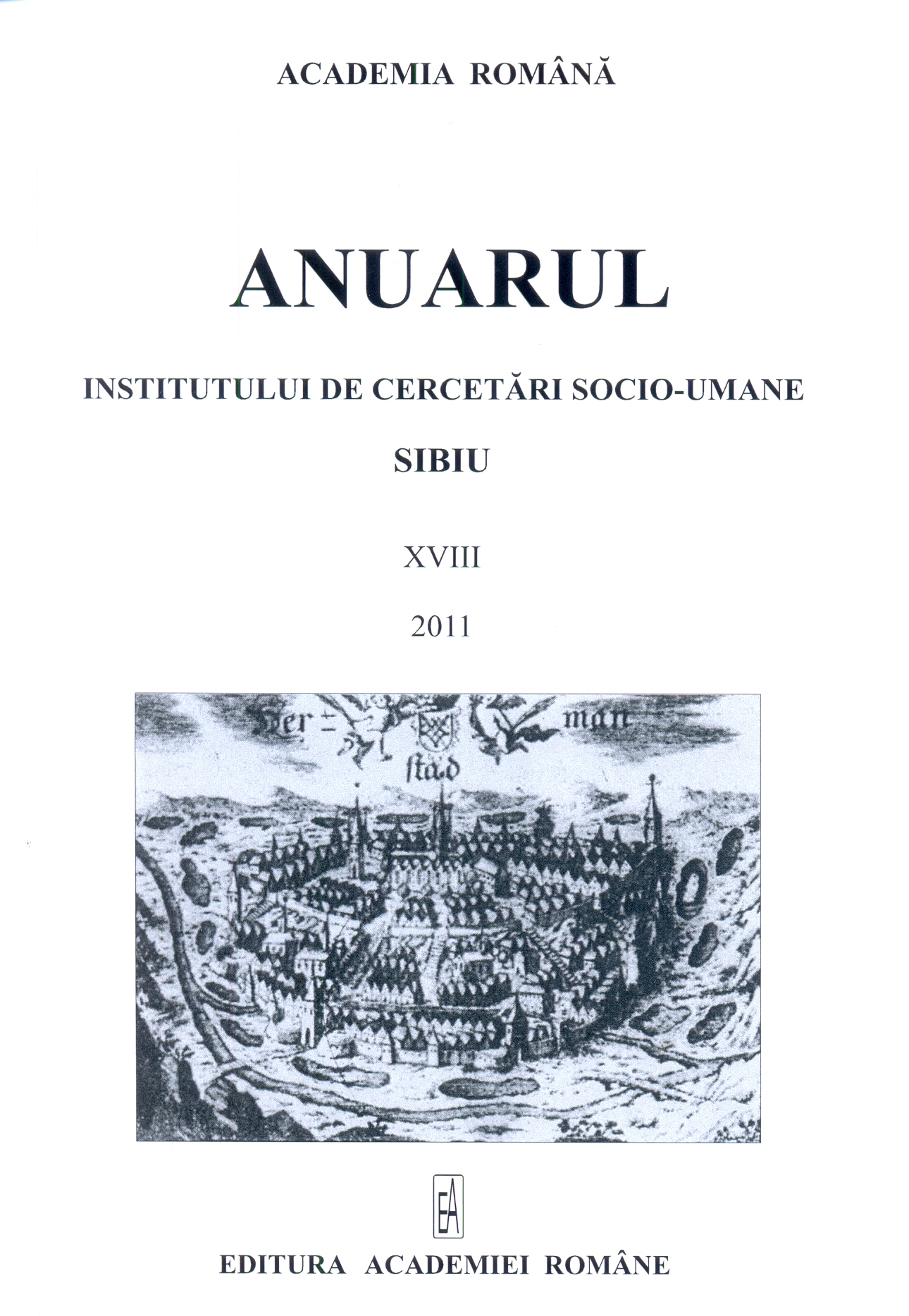
From the narrative point of view, the relation between the literary character and the narrative discourse is similar to the one between the hero/character and the mediator/wish, where, at least in the narrative fragments from the beginning of a novel, the hero and the mediator are equidistant to wish as an object of euro’s acts. Speaking about representation, the character is and becomes visible by expressing his ego. The character is born from the writing’s adventure and his self–awareness makes him recognizable. He witnesses a constant evolution, finds his purposes, and fulfils from his own resources on the rich ground of the narrative generated by himself.
More...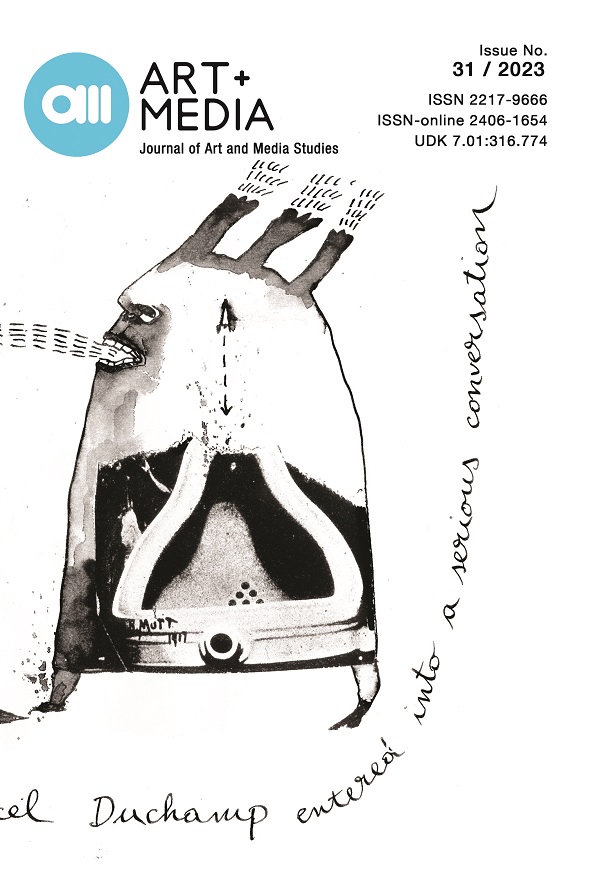
When interpreting literary works, interpreters almost always rely on connections between the literary works and other aspects of our world – e.g., historical time periods, cultures, other artworks, artistic movements, and so on. But how can we explain both the nature and role of these connections? I argue that this can be fruitfully explained with reference torelations that exist between literary works and other aspects of human culture, which is a class of relations that I call ‘interpretation-relevant relations.’ I also argue that an important component of these relations is a mind-independent connection of influence between the relata. Finally, I argue that these interpretation-relevant relations (with the component of influence)can be taken to be real, mind-independent elements of the world, if we recognize that literary works are public artifacts and so are part of the fabric of human culture, which depends on human minds for its existence and persistence but not for its ontological nature. All of this can hold even if interpretations are the products of individual minds interacting intentionally with literary works.
More...